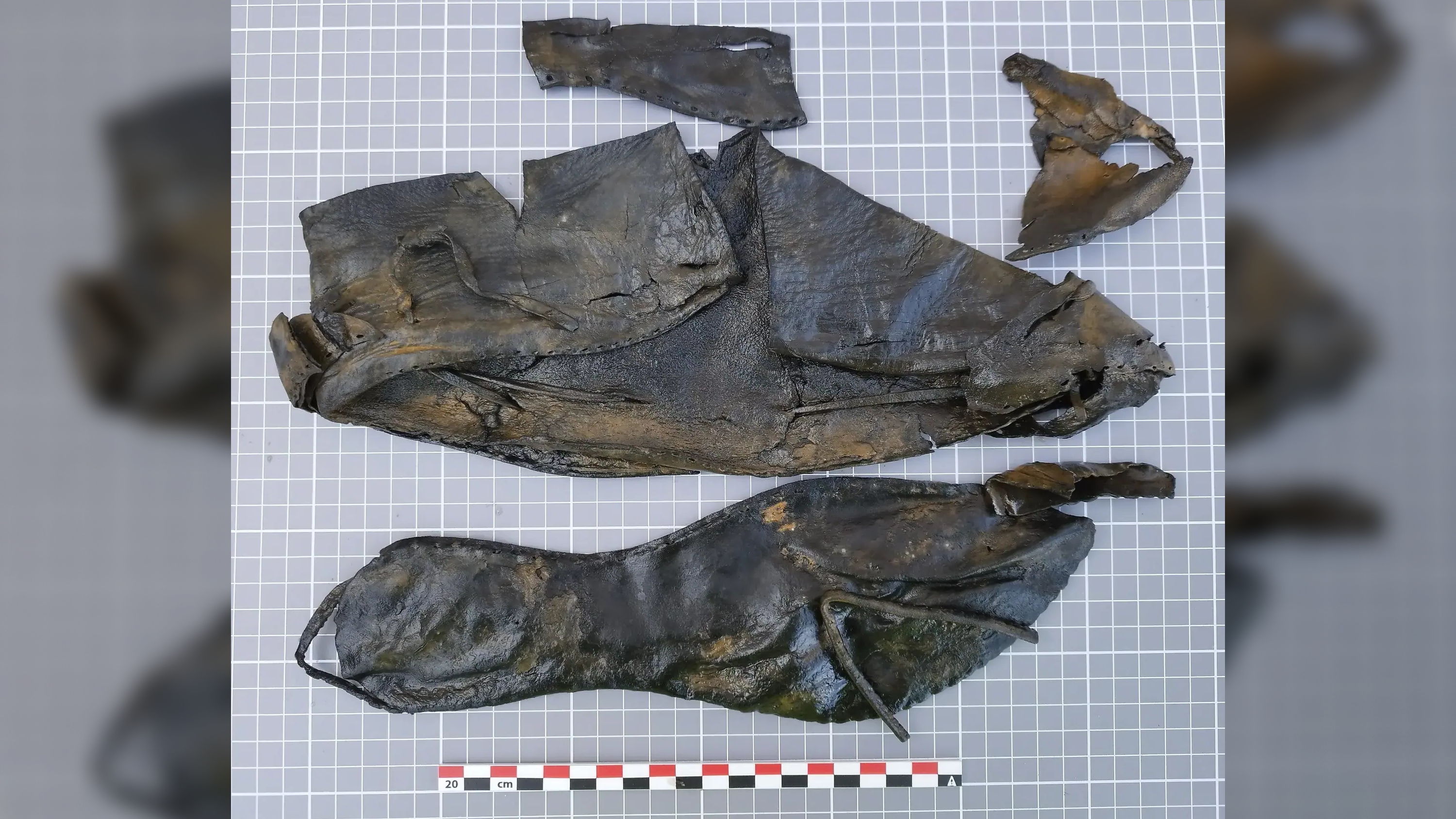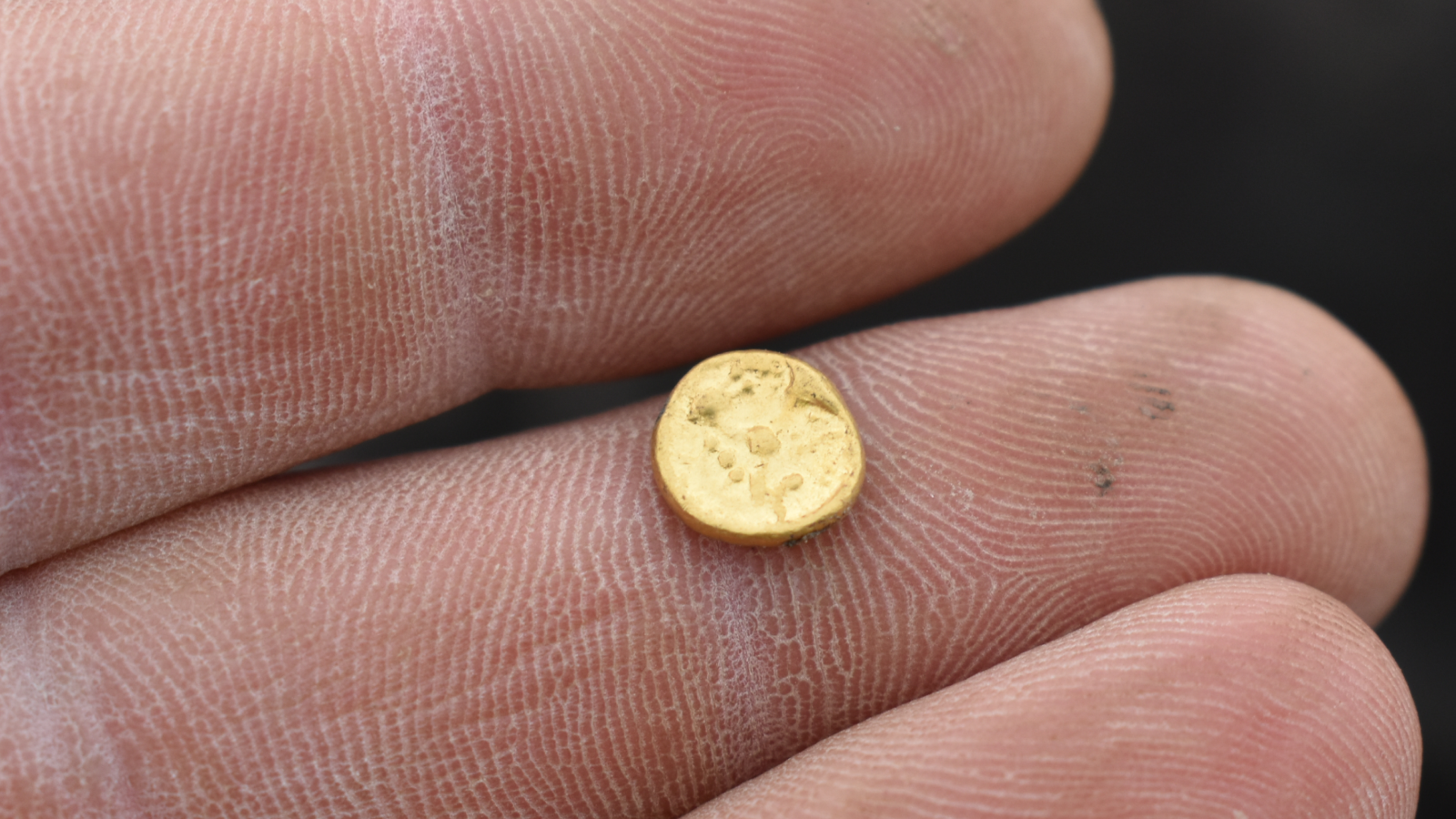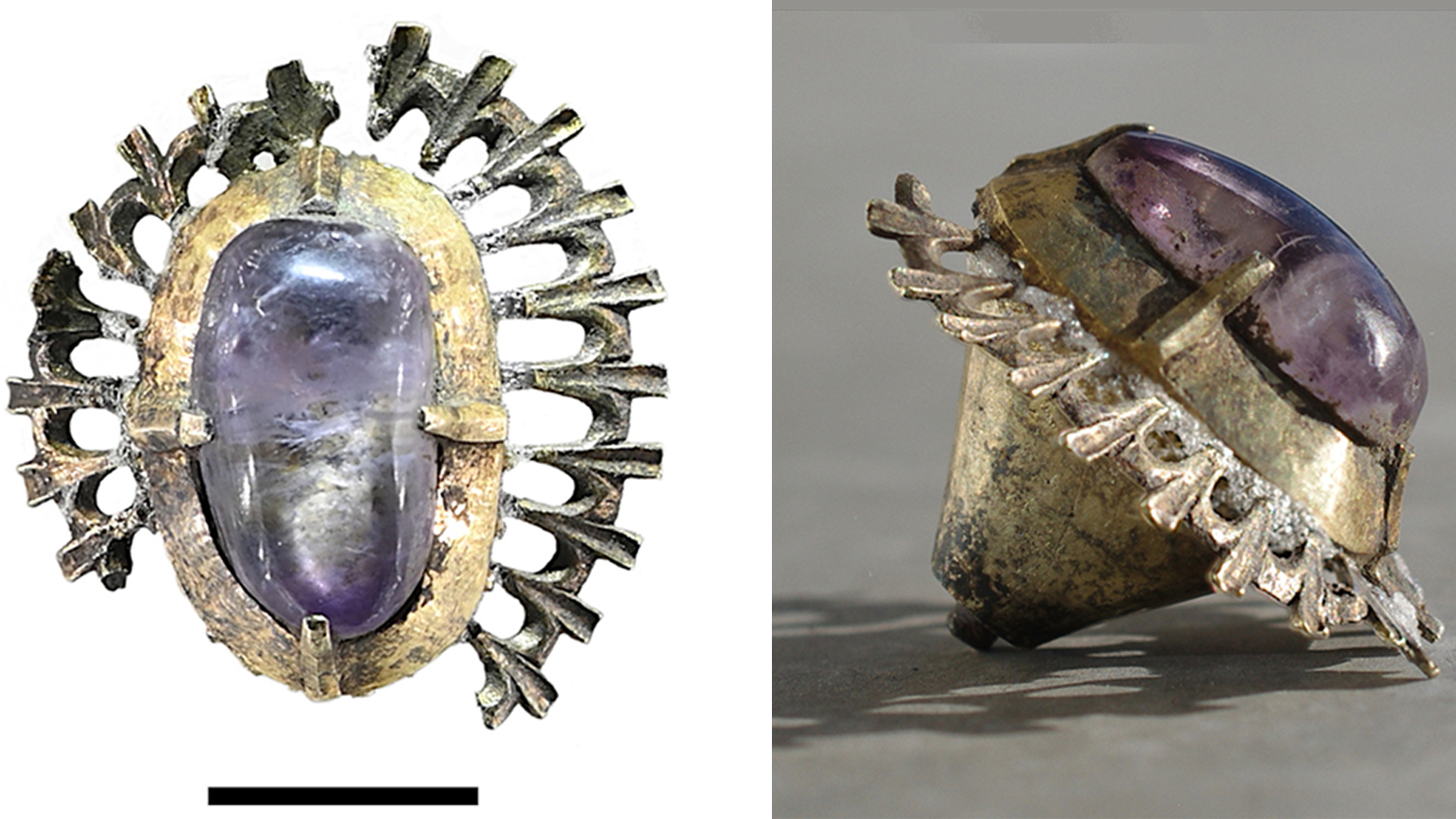While excavating near an old harbor in Oslo, archaeologists have uncovered thousands of pieces of preserved, waterlogged leather that are nearly 700 years old. The bags, purses, shoes and sword scabbards — all dated to around the 13th and 14th centuries — are revealing new information about everyday life in medieval Norway.
This past winter and spring, archaeologists with the Norwegian Maritime Museum and the Norwegian Institute for Cultural Heritage Research began digging at a site called D2 ahead of the planned construction of the Bjørvika School, a new primary and secondary school in Oslo.
In medieval times, the dig area was open water in the harbor at the mouth of the Alna River. But in the 19th century, the area was filled in to create more land — which ended up preserving the discarded items there and creating an archaeological treasure trove of leather goods.
Artifacts likely wound up in the harbor for various reasons. Traders lost goods they were transferring, children dropped bowls of porridge, and people tossed away their old shoes. Light items made of wood and leather may have been chucked further upstream and then floated down the river and settled in the harbor.
Wet clay at the old harbor has preserved myriad leather artifacts, which don’t decompose in the oxygen-free environment. So far, the archaeologists have discovered more than 200 shoes. “We wouldn’t be surprised if we reach well over 1,000 before we finish going through everything we found,” they wrote in a translated blog post.
Many of the old shoes show signs of wear, suggesting they were purposefully pitched in the past. One shoe was quite large, corresponding to a men’s U.S. size 13 or a 47 in European sizing. Some had decorations cut into the leather, but most were simple, hand-sewn shoes — a leather sole and plain leather upper boot.
Related: 8 ancient Roman shoes of ‘exceptional size’ discovered at Roman fort near Hadrian’s Wall
“When we hold one of these shoes in our hands today, it is like being close to the person who walked in it,” the researchers wrote. “It is like a footprint from the Middle Ages: concrete proof that a person has lived, walked and had a life in this city.”
In addition to shoes, archaeologists have uncovered 15 medieval bags and purses from the Bjørvika School dig. Most of these bags were small enough to be worn on a belt and hidden under a tunic. Both women and men used bags as “practical accessories” in a time before pockets were sewn into clothing, the researchers wrote in a translated blog post.
“Bags contained what you needed during the day,” the researchers wrote. This might have included coins, a comb, a needle and thread, or even a small cross or amulet. “Medieval people needed to carry things around, just like us,” they wrote, and the leather bags “give us insight into how people organized their everyday lives — and what they valued.”
Almost everyone in the Middle Ages carried around knives attached to their belts, the researchers wrote in a blog post. Archaeologists have also found the remains of several protective leather sheaths at the Bjørvika School site.
One of the last things archaeologists excavated at the site this spring was the skeleton of a dog. In a blog post, the researchers noted that most of the more than 3,000 bones they recovered were from food trash, but the partially complete skeleton of a medium-size dog was a surprise.
“The bones show no obvious signs of wear, disease or dismemberment,” they wrote, “but are well-fused together, meaning the dog had a good life with access to food and probably cuddles.”
While excavation of the archaeological material is now complete, the researchers have just begun studying the loads of finds they’ve recovered, hoping to gain new insight into medieval Oslo.













